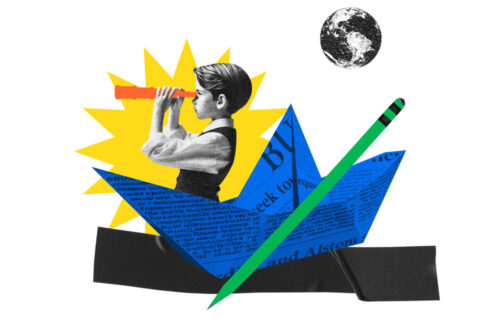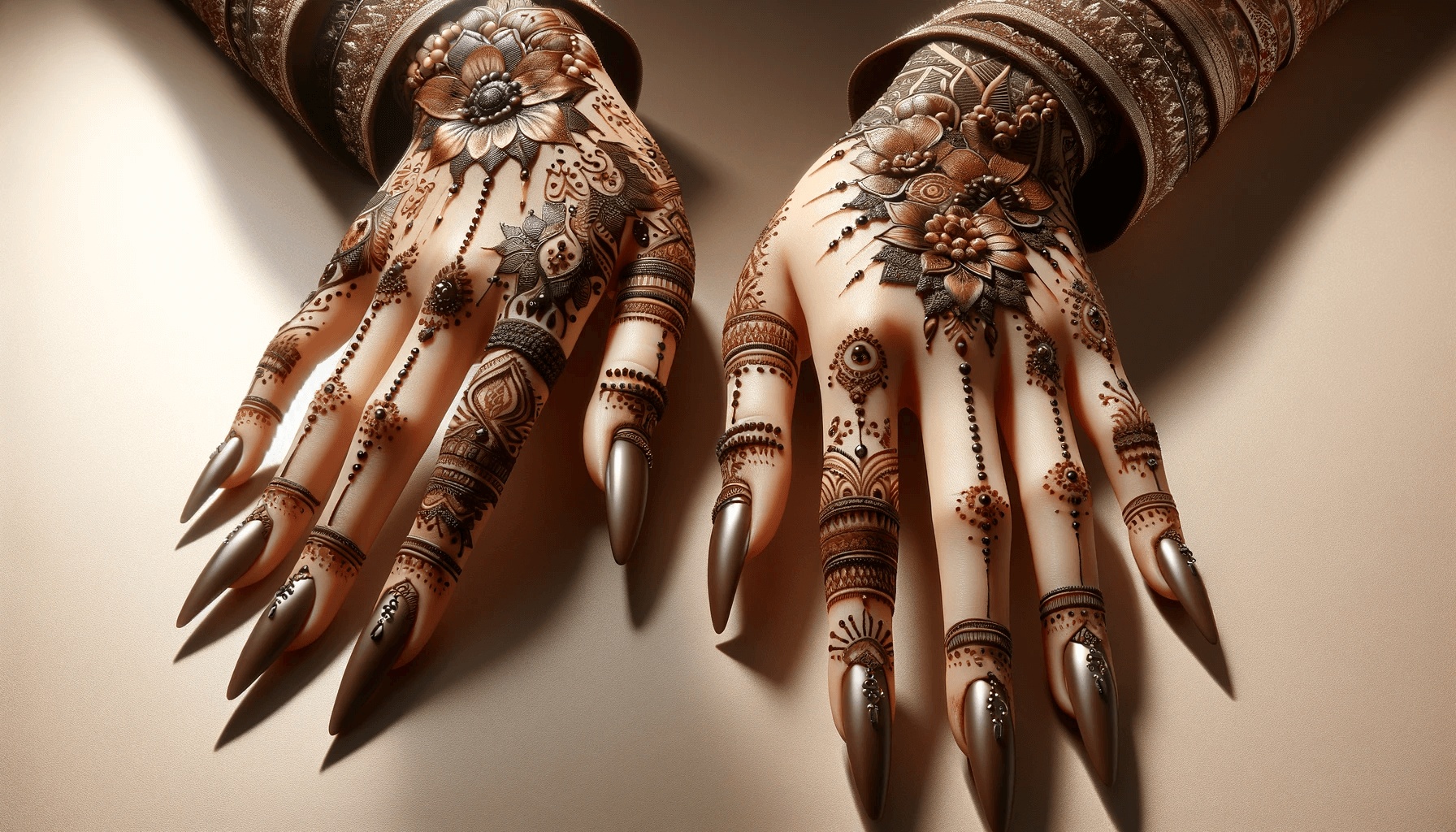Are you looking to add some flair to your website’s images? CSS image hover effects can help you achieve just that.
These effects are a set of simple but impactful techniques that allow web designers to add visual interest and interactivity to images. Whether it’s a zoom effect, a slide effect, or a grayscale to color transition, CSS image hover effects can elevate the overall user experience on your website.
Web designers often use CSS image hover effects to create captivating visual dynamics that engage visitors and make the website more interactive. By incorporating these effects, you can enhance the aesthetics of your website and leave a lasting impression on your audience.
![10 Simple DIV Hover Effects - CSS Image Hover Effects [With Examples] - Blog Lorelei Web Design 10 Simple DIV Hover Effects - CSS Image Hover Effects [With Examples] - Blog Lorelei Web Design](https://loreleiwebdesign.com/wp-content/uploads/2024/01/10-Simple-DIV-Hover-Effects-CSS-Image-Hover-Effects-1024x538.jpeg)
In this post, we’ll explore 10 simple DIV hover effects that can be easily implemented using CSS, providing you with a versatile toolkit to elevate your design projects. So, let’s dive in and learn how to effortlessly integrate these eye-catching hover effects into your web design arsenal.
What Are CSS Image Hover Effects?
CSS Image Hover Effects are a popular way to enhance the visual appeal of websites and add interactivity to images. When a visitor hovers over an image, the hover effect triggers a change in the image’s appearance, such as a color transition, zoom effect, or overlay.
These effects can captivate the user’s attention and provide a dynamic user experience.
Enhancing Visual Appeal
CSS Image Hover Effects offer a creative way to elevate the aesthetics of a website. They allow web designers to add flair and personality to images, making them more engaging and visually appealing. By incorporating these effects, designers can create an interactive and memorable browsing experience for visitors.
Interactive and Engaging
By leveraging CSS Image Hover Effects, web designers can captivate their audience and encourage interaction.
These effects create a sense of dynamism and playfulness, enticing users to explore and engage with the content. It’s a subtle yet effective way to draw attention to specific elements on a webpage and encourage user interaction.
Examples of CSS Image Hover Effects
There is a wide range of CSS Image Hover Effects available, including zoom effects, sliding animations, grayscale transformations, and more. Each effect adds a unique touch to the visual presentation of images, allowing web designers to tailor the user experience to suit their brand’s aesthetic and messaging.
| Effect Name | Description | CSS Code Snippet |
|---|---|---|
| Zoom In | Image zooms in on hover. | .zoom-in:hover { transform: scale(1.1); } |
| Opacity Change | Image becomes more transparent on hover. | .opacity-change:hover { opacity: 0.7; } |
| Border Highlight | Border appears around the image on hover. | .border-highlight:hover { border: 2px solid #f00; } |
| Rotate | Image rotates on hover. | .rotate:hover { transform: rotate(15deg); } |
| Slide Up | Image slides up on hover. | .slide-up:hover { transform: translateY(-10px); } |
| Blur | Image becomes blurred on hover. | .blur:hover { filter: blur(2px); } |
| Grayscale to Color | Image changes from grayscale to color on hover. | .grayscale-to-color:hover { filter: grayscale(0); } |
| Flip Horizontal | Image flips horizontally on hover. | .flip-horizontal:hover { transform: scaleX(-1); } |
| Overlay Text | Text appears over the image on hover. | .overlay-text:hover::after { content: 'Text'; } |
| Brightness | Brightness of the image increases on hover. | .brightness:hover { filter: brightness(120%); } |
Importance in Web Design
CSS Image Hover Effects are an essential tool for web designers seeking to create captivating and interactive websites. These effects not only add a decorative element but also contribute to the overall user experience, helping to convey information and evoke emotions effectively.
To learn how to create CSS Image Hover Effects, refer to the following link for tutorials and examples: How To Create Image Hover Overlay Effects.
Below is an example of CSS code for creating a simple image hover effect:
.image-container {
position: relative;
width: 100%;
max-width: 300px;
}
.image-container img {
width: 100%;
height: auto;
display: block;
}
.image-container:hover .overlay {
opacity: 1;
}
.overlay {
position: absolute;
top: 0;
left: 0;
width: 100%;
height: 100%;
background-color: rgba(0, 0, 0, 0.5);
color: white;
display: flex;
align-items: center;
justify-content: center;
opacity: 0;
transition: opacity 0.5s;
}
Incorporating CSS Image Hover Effects is a powerful way to enrich the visual experience and engage users with your website’s content.
Why Are CSS Image Hover Effects Important for Web Designers?
When it comes to web design, user engagement is paramount. CSS image hover effects play a crucial role in enhancing user interaction and visual appeal. Let’s delve into the reasons why these effects are indispensable for web designers.
Enhancing User Experience
CSS image hover effects captivate visitors and prompt them to interact with the website’s content. By adding subtle animations or transformations, designers can create a dynamic and immersive user experience that keeps visitors engaged.
Adding Visual Interest
In a digital landscape saturated with content, it’s essential to stand out. CSS image hover effects allow designers to add flair and creativity to static images, making the website visually appealing and leaving a lasting impression on visitors.
Highlighting Interactive Elements
Utilizing hover effects on clickable elements such as buttons, links, or images provides visual cues to users, indicating interactive areas. This intuitive feedback enhances the usability of the website, improving navigation and user satisfaction.
Showcasing Creativity and Brand Identity
By incorporating unique hover effects, designers can infuse the website with the brand’s personality and creativity. Just like a signature style sets a painter apart, distinctive hover effects can distinguish a website and leave a memorable imprint on visitors.
Driving Engagement and Conversions
Engaging design elements can significantly impact user behavior. Thoughtfully crafted hover effects can encourage interaction, leading to increased click-through rates and conversions. They create an element of surprise and delight, nudging visitors towards desired actions.
Improving Accessibility
While enhancing visual appeal, it’s imperative to maintain accessibility. CSS image hover effects can be designed to ensure compatibility with screen readers and keyboard navigation, contributing to a more inclusive web experience.
Encouraging Exploration
Hover effects can pique curiosity and encourage visitors to explore different sections of the website. Whether it’s revealing hidden content or showcasing product details, these effects entice users to interact and delve deeper into the website’s offerings.
Fostering Emotional Connection
Visual cues and interactions can evoke emotions and make the user experience more relatable. By strategically employing hover effects, designers can connect with visitors, evoking positive sentiments and a sense of familiarity.
Providing Seamless Feedback
Effective hover effects provide instant, visual feedback, informing users about interactive elements or changes in content without the need for explicit instructions. This seamless communication enhances user confidence and facilitates smoother navigation.
In essence, CSS image hover effects transcend mere visual embellishments; they enrich the user experience, reinforce brand identity, and drive meaningful interactions. For web designers, integrating these effects thoughtfully can elevate the overall design, leaving a lasting impression on visitors and achieving business objectives.
10 Simple CSS Image Hover Effects
These simple CSS image hover effects are an excellent way to add visual appeal and interactivity to your website. When implemented well, hover effects can enhance user experience and make your website more engaging. Each of these effects can be achieved using just CSS, making them easy to apply and customize.
Zoom In #1
The zoom in #1 effect is a subtle yet effective way to draw attention to an image. When the user hovers over the image, it smoothly zooms in, creating a dynamic and interactive experience. Here’s an example of how you can achieve this effect using CSS:
.zoom-in-1 {
transition: transform 0.5s;
}
.zoom-in-1:hover {
transform: scale(1.1);
}
Zoom In #2
Similar to the zoom in #1 effect, this variation adds a slightly different animation to the zoom, providing versatility in your design. Here’s a simple CSS example to achieve the zoom in #2 effect:
.zoom-in-2 {
transition: transform 0.5s;
}
.zoom-in-2:hover {
transform: scale(1.2);
}
Zoom Out #1
The zoom out #1 effect creates an engaging movement when a user hovers over an image. It provides a subtle animation, making the image appear to recede, adding depth to the user experience. Here’s a sample of how you can implement this effect using CSS:
.zoom-out-1 {
transition: transform 0.5s;
}
.zoom-out-1:hover {
transform: scale(0.9);
}
Zoom Out #2
Similar to the zoom out #1 effect, this variation adds a different scale factor, providing an alternative visual impact for your images. Here’s a basic CSS example to achieve the zoom out #2 effect:
.zoom-out-2 {
transition: transform 0.5s;
}
.zoom-out-2:hover {
transform: scale(0.8);
}
Fade In
The fade in effect adds elegance to your images. Upon hovering, the image smoothly transitions into full visibility, creating a sophisticated and polished look. Implementing this effect using CSS involves:
.fade-in {
transition: opacity 0.5s;
opacity: 0.7;
}
.fade-in:hover {
opacity: 1;
}
Fade Out
The fade out effect is a stylish way to provide a graceful transition for images. When the user’s mouse hovers over the image, it smoothly fades out, enhancing the visual experience. You can achieve this effect using the following CSS code:
.fade-out {
transition: opacity 0.5s;
}
.fade-out:hover {
opacity: 0.7;
}
Grayscale to Color
The grayscale to color effect adds a captivating transformation to images. When hovered over, the grayscale image transitions to its full-color version, creating a striking visual impact. Here’s a glimpse of how you can achieve this effect using CSS:
.grayscale-to-color {
transition: filter 0.5s;
}
.grayscale-to-color:hover {
filter: grayscale(0%);
}
Blur
The blur effect offers a unique twist to image hover effects. When the user hovers over the image, it smoothly transitions into a blurred state, adding a touch of intrigue and creativity. Implementing this effect involves using the following CSS code:
.blur {
transition: filter 0.5s;
}
.blur:hover {
filter: blur(3px);
}
Slide Up
The slide up effect introduces dynamic movement to your images. When hovered over, the image smoothly slides upwards, creating an engaging and interactive experience. Here’s a simple example of how you can achieve this effect using CSS:
.slide-up {
transition: transform 0.5s;
}
.slide-up:hover {
transform: translateY(-10px);
}
Slide Down
Similar to the slide up effect, the slide down effect adds an alternative direction of movement to your images. When the user hovers over the image, it smoothly slides downwards, providing variety to your design. Here’s a basic CSS example to achieve the slide down effect:
.slide-down {
transition: transform 0.5s;
}
.slide-down:hover {
transform: translateY(10px);
}
Conclusion
In conclusion, CSS image hover effects are a simple yet powerful way to enhance user interaction and engagement on your website. By incorporating these effects, web designers can create visually appealing and dynamic user experiences that captivate visitors and encourage them to explore further.
Experimenting with CSS image hover effects allows you to add a touch of creativity and interactivity to your projects, making your websites more memorable and engaging.
Whether it’s subtle animations, zoom effects, or transitions, these hover effects can effectively communicate information and draw attention to important elements on your webpages.
So, don’t hesitate to dive into the world of CSS image hover effects and unleash your creativity to elevate the visual appeal and user experience of your web designs. Embrace these simple yet effective techniques to make a lasting impression on your website visitors and keep them coming back for more.

![10 Simple DIV Hover Effects - CSS Image Hover Effects [With Examples] - Blog Lorelei Web Design 10 Simple DIV Hover Effects - CSS Image Hover Effects [With Examples] - Blog Lorelei Web Design](https://loreleiwebdesign.com/wp-content/uploads/2024/01/10-Simple-DIV-Hover-Effects-CSS-Image-Hover-Effects.png)


